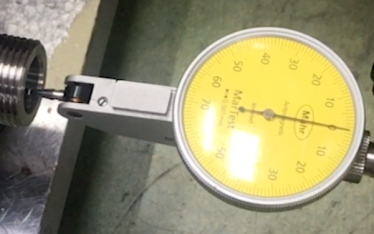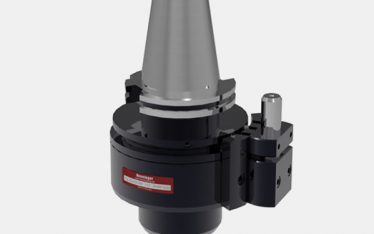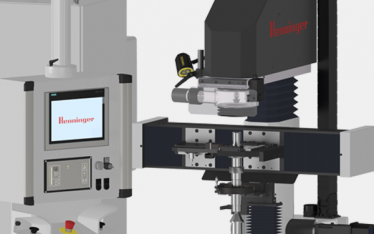What are the benefits of centre grinding?
Centre grinding is mostly applied after hardening the workpiece. Yet it can also be used for unhardened workpieces. Hence it comes before the cylindrical grinding and/or gear grinding process.
Despite any occurring shape and position errors on the workpiece, center grinding will always correct and minimize the errors through a proper clamping.
Generally, the centre grinding procedure differs between the process of grinding with a fixed or rotating workpiece.
Machining with a fixed workpiece is recommended for unprocessed, pre-turned parts, blanks and large series. This procedure can easily be automated and integrated into a cell or production line. Thus it can be networked with other production processes. Moreover, the workpiece axis can be changed deliberately due to the fixed machining.
The axis of rotation is shown in the centre of the rotating workpiece. Best concentricity can be achieved with this method. The only condition here is an optimal roundness on the clamping diameter, as this one is copied onto the centre.
Thus one of the main benefits of centre grinding is the optimization of the process stability and capability in all successive machining operations. Productivity is significantly improved. This also includes lower grinding allowances, a reduction of the reject rate, hence an increase in the overall profitability.
Centre grinding is used for spindles, gear shafts and other rotationally symmetrical workpieces. High-precision runouts of 1 µm and less can be achieved with centre grinding and finished workpieces.
Here is an overview of the Henninger Centre Grinding Machines.


